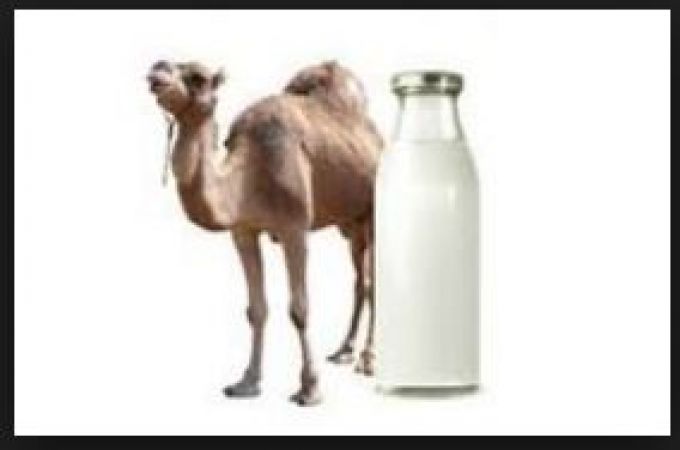
Apart from milk from other animals, camel milk is gaining a lot of popularity these days. Camel milk is lower in saturated long chain fatty acids, cholesterol and sugars vis-a-vis cow's milk.
Nowadays Many people around the world are seeking dairy-free milk options, either due to intolerance to lactose, or due to environmental concerns, or due to fear of the animal being injected with hormone injections. But several other options are available, for example, soy milk, almond milk, rice milk, oat milk, almond milk and coconut milk. However Camel milk is lower in saturated long chain fatty acids, cholesterol and sugars vis-a-vis cow's milk. It contains omega-3 fatty acids and mono unsaturated fatty acids. It is also high in essential minerals like magnesium, zinc and iron, and vitamins like Vitamin C, B2, A and E. In terms of nutritional composition, camel milk is quite close to the human breast milk.
It also contain higher amounts of various protective proteins like lactoferrin, lactoperoxidase, immunoglobulins, lysozymes etc. Studies have shown that it has much lower amount of lactose and can safely be consumed by lactose intolerant individuals and those having food allergies as it boosts the immune system.
Camel milk is also unique in terms of its antioxidant, anti-ageing, antibacterial, antiviral and anti-fungal properties. In India, camel milk has successfully been used therapeutically to treat tuberculosis, jaundice, anemia, autism and diabetes and finds use in auto-immune disorders too. The effects of large scale camel rearing on the environment are not fully understood. However, it can be used for therapeutic purposes and as a supplement to milk from other sources.